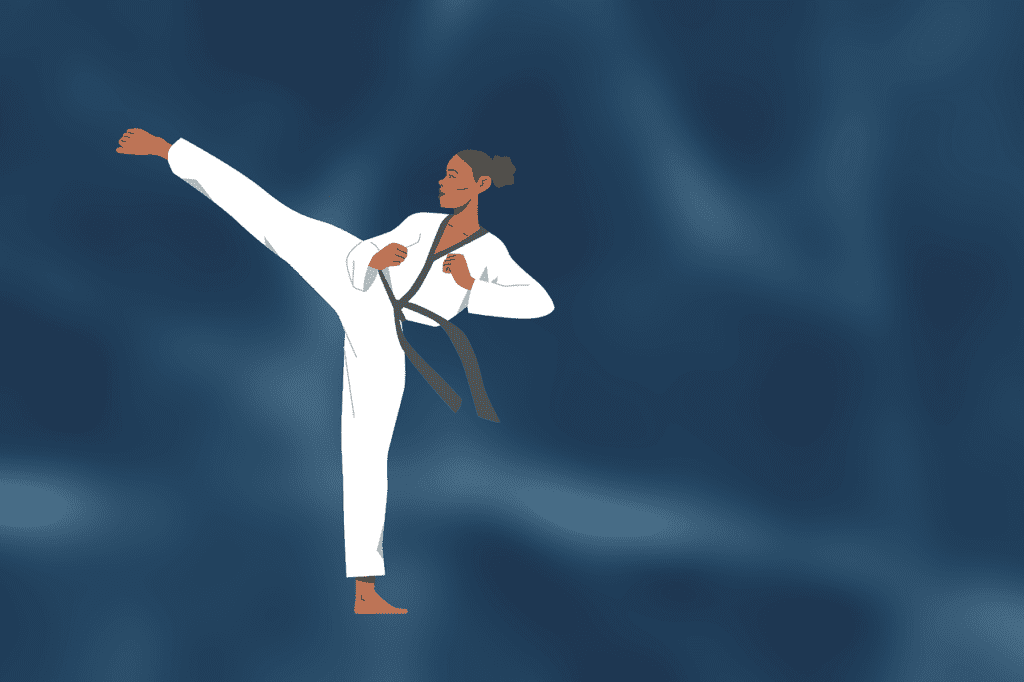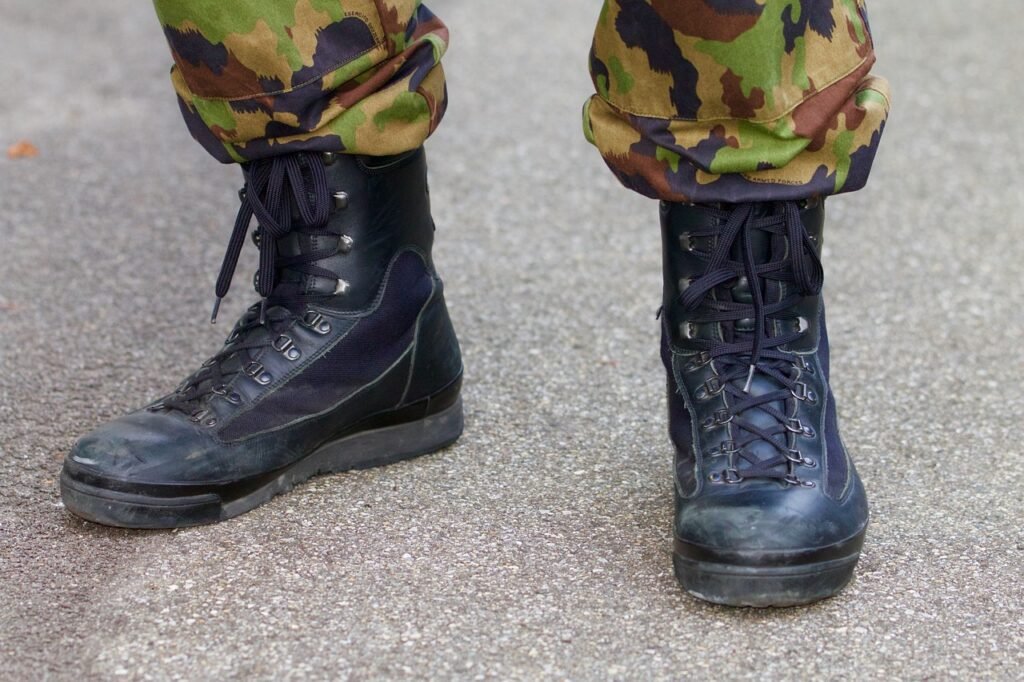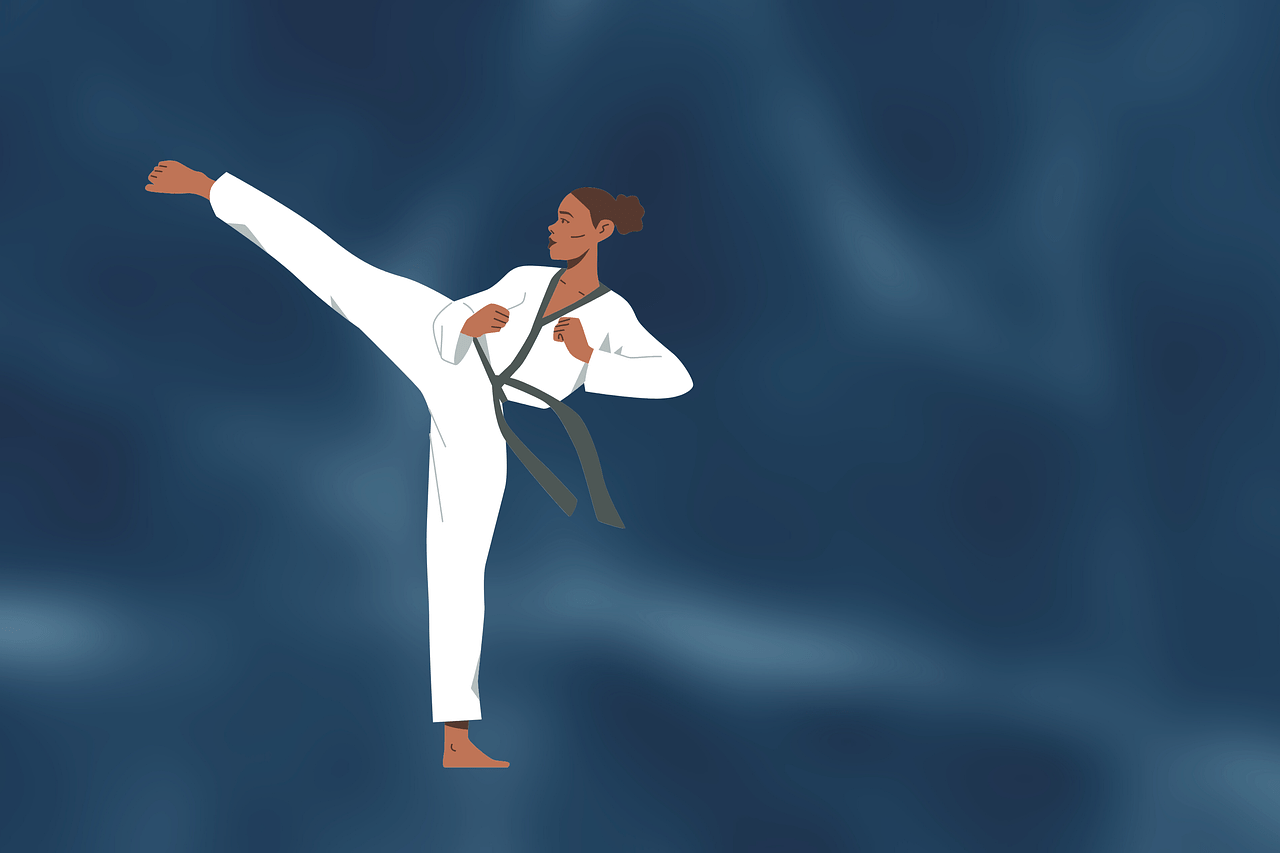In the world of self-defense, it is crucial to equip yourself with effective techniques that can be utilized in close quarters combat. One such technique that often goes underappreciated is the use of forearm strikes. Whether you find yourself in a confined space or face-to-face with an assailant, mastering the art of forearm strikes can be a game-changer. Not only are forearm strikes powerful and versatile, but they also provide a longer and more stable striking surface compared to other techniques. In this article, we will explore the various ways to effectively utilize forearm strikes in close quarters, empowering you with the knowledge and skills to defend yourself in any situation.
Understanding Forearm Strikes
Definition of forearm strikes
Forearm strikes, also known as elbow strikes, are a technique commonly used in martial arts and self-defense that involve striking an opponent with the forearm bone. Unlike punches, which primarily use the fist as the point of impact, forearm strikes utilize the hard surface of the forearm, making them effective in close-quarters combat.
Benefits of using forearm strikes
Forearm strikes offer several advantages over other striking techniques. Firstly, they allow for greater power and impact due to the larger surface area being utilized. Additionally, they can be executed quickly and efficiently, making them ideal for surprise attacks or rapid counters. Forearm strikes also provide a level of versatility, allowing for strikes at multiple angles and targets.
Skills required for effective forearm strikes
To effectively execute forearm strikes, certain skills need to be mastered. Firstly, proper technique and form are crucial to maximize power and minimize the risk of injury. Additionally, timing and accuracy play a crucial role in ensuring that the strike lands with precision. Finally, understanding the different types and variations of forearm strikes is essential for adapting to various situations and opponents.
Proper Technique for Forearm Strikes
Stance and posture
Before executing forearm strikes, it is essential to establish a solid stance and posture. Stand with your feet shoulder-width apart, knees slightly bent, and distribute your weight evenly. Keep your back straight and shoulders relaxed. By maintaining a stable and balanced stance, you can generate more power and maintain control during the strike.
Hand position
A proper hand position is vital for effective forearm strikes. Your non-striking hand should be raised to protect your face and act as a guard. The striking hand should be positioned with the palm facing down, fingers loosely curled, and the forearm aligned with the target. Maintaining a relaxed but firm grip will allow for flexibility and control during the strike.
Strike targets
Forearm strikes can be executed against various targets, each with its specific purpose and effect. The most common targets include the chin, jaw, temple, nose, and solar plexus. Striking the chin or jaw can cause disorientation and potential knockout, while strikes to the temple can affect balance and vision. The nose is a particularly vulnerable target, as it can cause pain, swelling, and potential incapacitation. Striking the solar plexus can disrupt an opponent’s breathing and temporarily incapacitate them.

Types of Forearm Strikes
Vertical forearm strike
The vertical forearm strike, often referred to as a downward elbow strike, involves striking downward using the forearm bone. This strike is commonly used to target an opponent’s head or collarbone. By using gravity and body weight, the vertical forearm strike can deliver significant force and potentially incapacitate an opponent.
Horizontal forearm strike
The horizontal forearm strike, also known as a side elbow strike, involves striking horizontally using the forearm bone. This strike is typically used to target an opponent’s ribs, liver, or floating ribs. By rotating the hips and engaging the core, the horizontal forearm strike can generate substantial power and deliver a devastating blow.
Diagonal forearm strike
The diagonal forearm strike, also referred to as a slashing elbow strike, involves striking at an angle using the forearm bone. This strike can be used to target an opponent’s collarbone, temple, or throat. By combining a slashing motion with forward momentum, the diagonal forearm strike can cause significant damage and disorientation.
Developing Power and Speed in Forearm Strikes
Building forearm strength
To enhance the power and effectiveness of forearm strikes, it is crucial to build forearm strength through specific exercises and conditioning. Incorporating exercises such as wrist curls, reverse wrist curls, and forearm planks can help strengthen the muscles and bones in the forearm. Additionally, using grip strengtheners and resistance bands can further enhance forearm strength.
Improving striking speed and accuracy
Speed and accuracy are essential when executing forearm strikes. Practicing shadow boxing and working on striking techniques with a focus on speed can help improve the speed of your strikes. Incorporating drills that involve hitting targets of varying sizes and distances can enhance accuracy and targeting skills. Regular practice and repetition are key to developing both speed and accuracy in forearm strikes.
Training drills for power development
Training drills that focus on power development can significantly enhance the effectiveness of forearm strikes. One such drill is the heavy bag drill, where you strike a heavy bag repeatedly with forearm strikes, focusing on generating maximum power with each strike. Another drill involves partner training, where one person provides resistance to the forearm strikes, allowing the striker to develop power by pushing against the resistance.

Combining Forearm Strikes with Other Techniques
Using forearm strikes in combination with punches
Forearm strikes can be seamlessly combined with punches to create powerful and versatile combinations. For example, a jab followed by a horizontal forearm strike can catch an opponent off guard and deliver a devastating blow. By mixing quick punches with powerful forearm strikes, you can keep your opponent guessing and increase your chances of success.
Incorporating forearm strikes into grappling techniques
Forearm strikes can also be incorporated into grappling techniques, such as clinches or takedowns. By using forearm strikes during close-quarters combat, you can create openings, cause pain, and disrupt your opponent’s balance. When transitioning from grapples to strikes or vice versa, the transition can be seamless, catching your opponent off guard and allowing for a tactical advantage.
Defensive Strategies with Forearm Strikes
Blocking and parrying with forearms
Forearm strikes can be used defensively to block or parry incoming strikes from an opponent. By positioning your forearms in a protective manner, you can absorb and redirect the force of punches or kicks. With proper timing and technique, you can minimize the impact of the strike and create an opportunity for counter-attacks.
Creating distance using forearm strikes
In close-quarters combat, creating distance can be crucial for maintaining control and avoiding further confrontation. Forearm strikes can be used to create distance by pushing an opponent away or keeping them at bay. By striking an opponent’s chest or body, you can create enough space to potentially disengage or reposition yourself for a more advantageous position.

Real-Life Scenarios for Utilizing Forearm Strikes
Use of forearm strikes in self-defense situations
In self-defense scenarios, forearm strikes can be incredibly effective in neutralizing an attacker and protecting yourself. When confronted with an aggressive individual, well-executed forearm strikes can target vulnerable areas, such as the nose, chin, or throat, and effectively incapacitate the attacker. Their versatility and quick execution make forearm strikes a valuable tool for personal safety.
Applying forearm strikes in close-quarters combat
Close-quarters combat situations, such as in law enforcement or military operations, often require quick and efficient techniques to gain an advantage over an opponent. Forearm strikes can be utilized to incapacitate or restrain individuals within close proximity. By combining strikes with appropriate grappling techniques, officers or soldiers can safely and effectively control potentially dangerous situations.
Training Tips for Effective Forearm Strikes
Working with a training partner
To enhance your forearm strikes, training with a partner is highly beneficial. Partner drills allow for realistic practice, where you can work on striking accuracy, timing, and power. Additionally, having a training partner provides the opportunity for controlled sparring sessions, allowing you to test and refine your forearm strikes in a simulated combat environment.
Utilizing equipment for practicing forearm strikes
Various training equipment can be utilized to improve forearm strikes. Focus mitts and pads are excellent tools for developing accuracy, speed, and power. These training aids allow your partner or coach to provide targets for you to strike, simulating real-life targets and improving your ability to land effective strikes. Similarly, heavy bags are ideal for developing power and endurance in forearm strikes.
Progressive training methods
Progressive training methods are essential for continuous improvement in forearm strikes. Start with the basics and gradually increase the complexity of your training regimen. Begin with slow and controlled strikes to work on technique, gradually increasing speed and power as you become more proficient. Incorporate shadow boxing, bag work, partner drills, and sparring sessions to constantly challenge yourself and refine your forearm striking skills.
Common Mistakes to Avoid
Incorrect form and technique
One common mistake when executing forearm strikes is using incorrect form and technique. This can result in diminished power, reduced accuracy, and an increased risk of injury. It is crucial to learn proper technique from a qualified instructor and practice consistently to develop correct form. Regular feedback and correcting any errors will ensure that your forearm strikes are performed with optimal efficiency and effectiveness.
Over-reliance on forearm strikes
While forearm strikes can be highly effective, over-reliance on this technique can lead to predictability and potential vulnerability. Mixing up your striking arsenal with punches, kicks, and other techniques will keep your opponent guessing and increase your chances of success. By maintaining a diverse skill set, you can adapt to different situations and opponents effectively.
Neglecting defense during strikes
In the heat of the moment, it can be easy to focus solely on executing forearm strikes without considering defense. Neglecting proper defense leaves you vulnerable to counter-attacks and increases the risk of injury. It is important to maintain proper guard and defensive positions during and after each strike, ensuring your safety and readiness for potential retaliation.
The Ethical and Legal Considerations of Forearm Strikes
Understanding legal restrictions
When utilizing forearm strikes in self-defense or martial arts training, it is essential to have a clear understanding of the legal restrictions in your jurisdiction. Laws regarding self-defense and the use of force vary by country, state, and even city. Knowing the legal boundaries will help you make informed decisions and ensure that your use of forearm strikes remains within acceptable legal limits.
Responsible use of forearm strikes
In any situation where forearm strikes are being employed, it is important to act responsibly and ethically. The goal should always be to neutralize the threat, not to cause unnecessary harm or escalate the situation further. A responsible approach involves using the minimum force necessary to protect yourself or others and taking steps to de-escalate the encounter whenever possible.
Considering the potential impact on the opponent
Forearm strikes have the potential to cause significant injury or harm to an opponent. It is crucial to consider the potential impact of your strikes and act accordingly. In training or controlled environments, strikes should be executed with controlled force to minimize the risk of injury. In self-defense situations, strikes should only be used when necessary and with the intention of neutralizing the threat rather than causing severe harm. Being mindful of the potential consequences of your actions ensures a responsible and ethical approach to forearm strikes.
In conclusion, understanding the techniques, benefits, and proper use of forearm strikes is crucial for effective close-quarters combat. By mastering the proper technique, developing power and speed, and combining forearm strikes with other techniques, you can enhance your self-defense skills and improve your overall martial arts proficiency. However, it is important to always train responsibly, consider legal restrictions, and act ethically when utilizing forearm strikes. With proper training, practice, and adherence to ethical principles, forearm strikes can be a valuable tool in various real-life scenarios.

